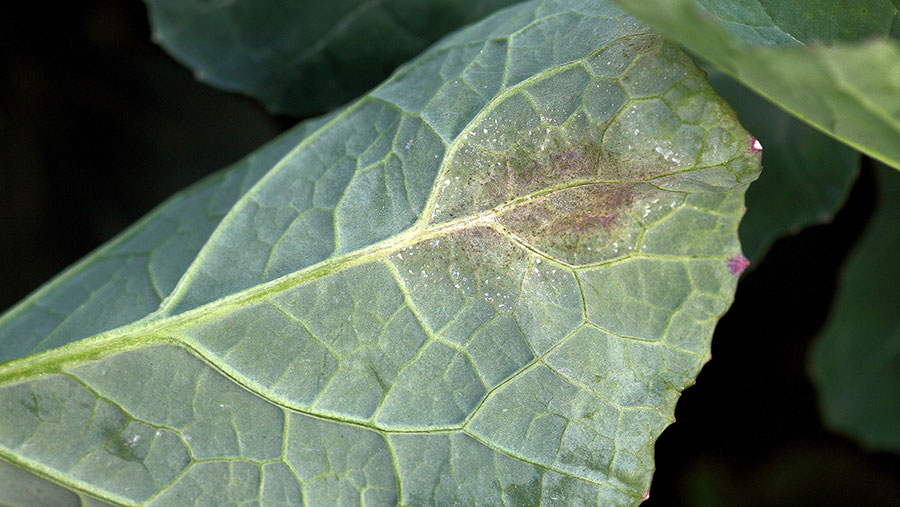Samples detect low levels of light leaf spot in oilseed rape
 © SwiftDetect
© SwiftDetect A rapid disease detection test launched this September for light leaf spot in oilseed rape is identifying low levels of the disease, with no visible signs on the plant.
As the test can detect light leaf spot before symptoms are visible, it helps farmers and agronomists optimise fungicide efficacy and target applications to specific fields, helping reduce overall fungicide expenditure cost and minimise crop protection use.
See also: Farmer Focus: Growing oilseed rape is a gamble
The company behind the SwiftDetect test, Microgenetics, says initial results from samples sent in since September have shown that light leaf spot has been detected in varieties with resistance ratings of 5-6 despite no evidence on the leaf.
Single cell accuracy
Chris Steele, crop diagnostics product manager for Microgenetics, says it shows the disease is out there – just not yet visible.
“With a long latent period and almost microscopic early symptoms, light leaf spot can be easily missed without using a latent test, which makes treating the disease challenging,” he says.
From a sample of 10 leaves, the test has accuracy down to a single cell of light leaf spot in an oilseed rape sample, with results returned in one business day.
“It provides farmers with a cost-effective and accurate way to reveal how much disease is in the crop, when fungicides will be at their most effective,” says Mr Steele
Furthermore, it can give users the confidence to delay or completely eliminate costly fungicide applications in low detection fields.
The test gives real time insight into the level of disease in crops, allowing fungicides to target the disease more effectively and efficiently by using the appropriate product and dose rate.
Other tests available
The test has been around for two years, and the light leaf spot test is the latest in a portfolio which includes:
- Septoria in wheat
- Yellow rust in wheat
- Brown rust in wheat
- Mildew in wheat
- Ramularia in barley
- Light leaf spot in oilseed rape.
Next year, the service hopes to expand its range further to include net blotch and rhynchosporium in barley and phoma and sclerotinia in oilseed rape.
To learn more, visit www.swiftdetect.co.uk or contact chris.steele@microgenetics.co.uk.

